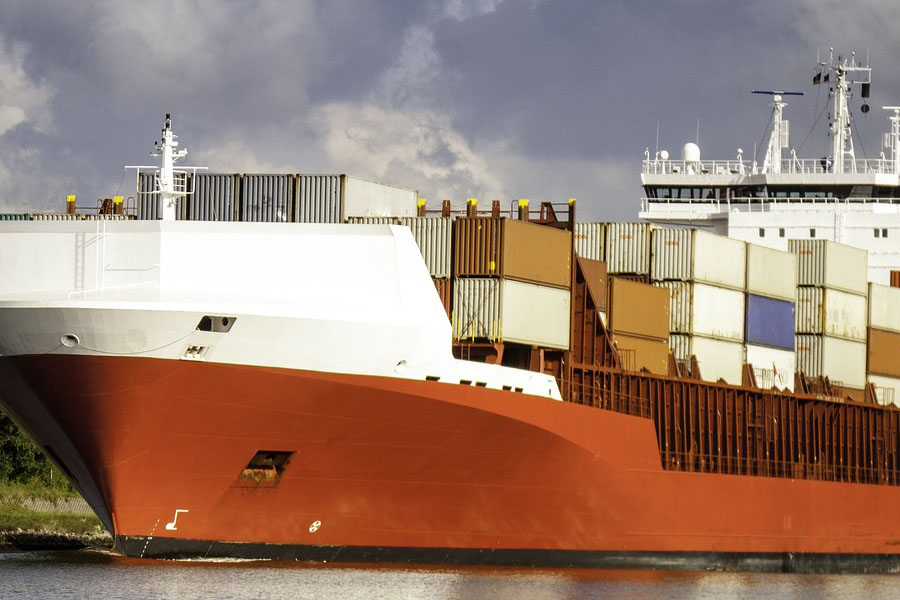
What is breakbulk export? How does it differ from full container load (FCL) shipping?
百雜出口(LCL,Less than Container Load)It refers to the consolidated transportation of small batches of goods from multiple shippers, suitable for situations where the cargo volume of a single shipment is insufficient for a full container load (FCL). Compared to FCL transportation, it has three major differences:
- Cost Allocation: Distribute shipping costs by volume/weight.
- Time difference: Requires waiting for consolidation to complete, extending the overall transportation cycle by 3-5 days.
- Risk characteristics: Mixed loading of goods may easily lead to disputes over cargo damage.
What core services do professional agencies offer?
Compliant general merchandise in 2025Export agentThe following service modules should be included:
- customs clearancePre-review system:
- HS Code Intelligent Classification
- Export tax refundPrecomputation
- Logistics integration services:
- Nationwide major port LCL network
- Special Handling for Dangerous Goods/Sensitive Cargo
- Document Management System:
- Electronic document transmission
- Application for Certificate of Origin Agency
How are agency fees calculated in 2025?
The current agency fee structure exhibits three major trends:
- Basic cost composition:
- Customs declaration service fee: ¥200-500 per bill
- Document Handling Fee: ¥80-150/document
- Additional compliance costs:
- The carbon tariffsPre-declaration service fee
- ESG Supply Chain Report Compilation
- Special Reminder: Starting from 2025, the European Union will mandate importers to pay the Digital Services Tax (DST), and some agencies have already incorporated this into their pricing systems.
How to Avoid Risks in LCL Shipping?
Based on operational cases from the past three years, it is recommended to focus on the following risk points:
- Compliance risk of goods:
- 35 additional chemicals to be regulated in 2025
- Multiple Countries Update RoHS Standards for Electronic and Electrical Equipment
- Operational risk prevention and control:
- Request the agent to provide real-time cargo tracking.
- Confirm whether the warehouse has TAPA certification.
- Recommended insurance clauses:
- Add "Unpacking Inspection Loss Insurance"
- "Apply for Customs Dispute Resolution Insurance"
What issues require special attention during customs clearance?
According to Announcement No. 12 of the General Administration of Customs in 2025, special attention should be paid to the export of general merchandise:
- Declaration Specifications:
- The "LCL Cargo" label must be clearly indicated.
- The sameThe containerThe goods inside must be declared item by item.
- Documentation Requirements:
- Add new lithium battery UN38.3 test report filing.
- Food products must be accompanied by an electronic traceability QR code.
- Inspection Response:
- It is recommended to reserve a 3% fluctuation margin for the cargo value.
- Prepare the cargo separation list in advance.
How to handle the return of goods in the most economical way?
For the 2025 international trade environment, a tiered handling strategy is recommended:
- Low-value goods (<$2000):
- It is recommended to handle it locally overseas.
- Application for Destruction of Tax-Free Certificate
- High-value goods (≥$2000):
- Choose bonded maintenance and re-export.
- Leveraging RCEP regional tariff preferences
- Special Passage:
- Apply for the cross-border e-commerce return pilot program
- Conducting global maintenance through the comprehensive bonded zone.
What are the new changes in the market in 2025?
Monitoring data indicates the following trends warrant attention:
- Regionalized LCL Network:
- ASEAN LCL consolidation service grows by 40%
- China-Europe Railway Express LCL service launched
- Green logistics requirements:
- Mandatory use of degradable packaging materials
- Transport carbon emissions must be disclosed online.
- Digital services:
- The widespread adoption of blockchain traceability systems
- AI automatically generates customs declaration documents


 Follow Customer Service WeChat
Follow Customer Service WeChat